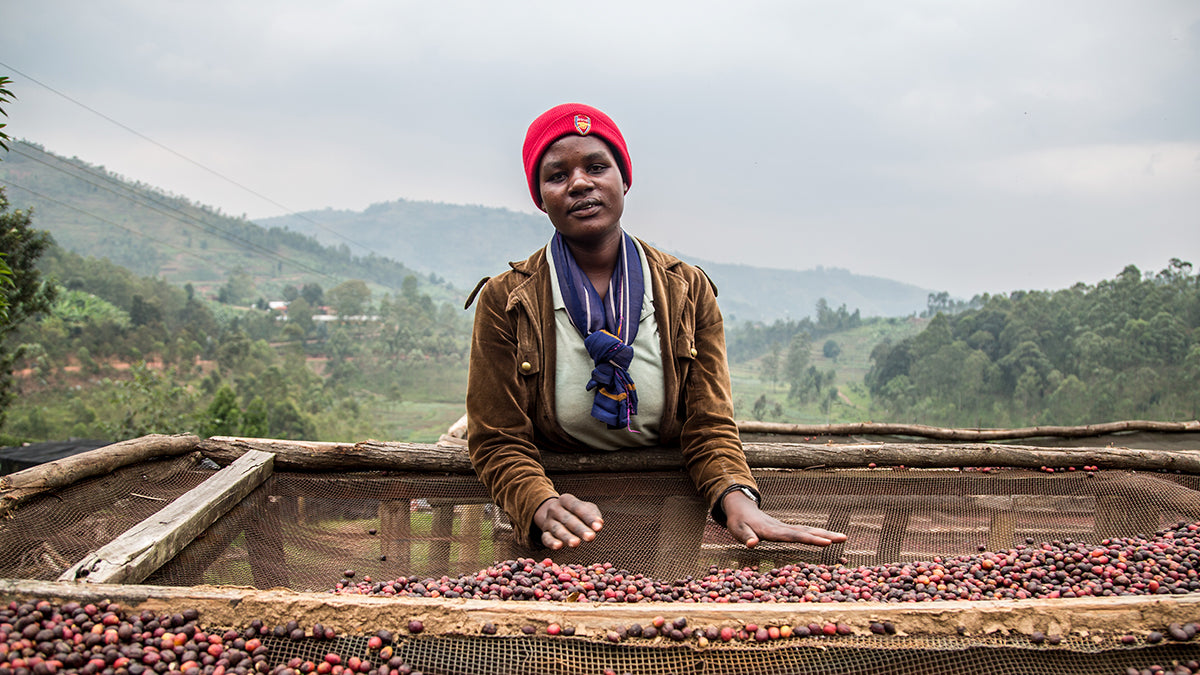Making the Best Worst Cup of Coffee, Controlled Fermentation and Quality, and Women in East African Coffee Production

-
The Quest to Make the Best Worst Cup of Coffee
By Alina Simone for The Atlantic“My first glass of black, undiluted, pure robusta was a punch in the neck. It was 2,000-proof vodka plus caffeine. It made me want to dive, open-mouthed, into a swimming pool filled with sweet cream. This was nothing like the other wimpy thing called ‘coffee’ I’d spent my entire life drinking, and at some primitive, sensory level, I struggled to process it. But I controlled my expression because Bang Duong, the man who’d grown and roasted and brewed this Thorlike drink, was seated right across from me.”
continue reading -
How can controlled fermentation processing methods enhance coffee flavour and quality?
By Rachel Keen for Perfect Daily Grind“All coffee undergoes some level of fermentation. As soon as cherries are harvested, the sugars and acids contained within the mucilage of the coffee fruit (a sticky, translucent substance which surrounds the seeds) begin to break down. This is largely where the sweetness in coffee derives from. With washed coffee processing, farmers soak depulped cherries in water for several hours to remove any remaining flesh and mucilage. This usually results in a cleaner-tasting and brighter flavour profile, and can highlight more of the coffee’s acidity.”
continue reading -
Women in East African coffee production
By Peter Gakuo for Perfect Daily Grind“A large proportion of East African coffee workers are women. In fact, in 2018, the International Coffee Organisation (ICO) reported that up to 70% of labour in coffee production is carried out by women, although this number can vary between countries and regions. Despite making up a significant proportion of the coffee labour workforce, East African women often earn substantially less money than their male counterparts. This is largely a result of prejudiced misconceptions about womens’ roles in decision making, as well as a lack of progress in improving womens’ access to finance.”
continue reading

Leave a comment